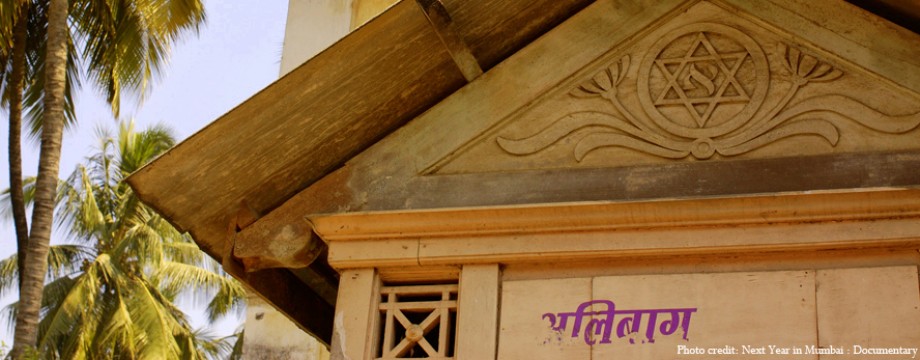
The volume is meant to be a rebuttal to the 1950s dismissal of India’s newly independent country as incapable of producing original and important works of art that could stand with Western ones. It also demonstrates that India was and had been made up of people from other areas, particularly Jews, who coexisted with the indigenous population.
The essays look at a variety of identity questions in various art genres, all of which eventually touch on art world politics. Individuals such as the Jewish art historian Stella Kramrisch introduced Western art to the attention of Indians during British colonial control, and vice versa. The essay on the Baroda Museum traces the influence of the museum’s collection on the prominent editor of The Magazine of Art, Marion Henry Spielmann, and the German refugee Ernst Cohn-Wiener; their tastes reflected the European point of view even as they were strongly backed by the local maharaja. Refugees from Nazi Germany and other countries under its control who came to India played an important role in the cultural life of the country both before and after independence.
Source: https://www.jewishbookcouncil.org/book/jews-and-the-indian-national-art-project
